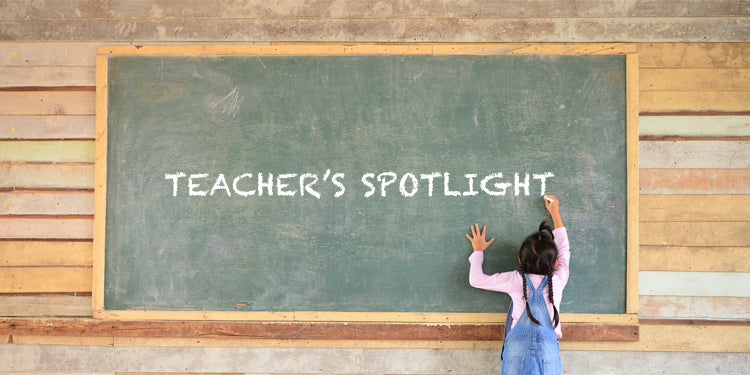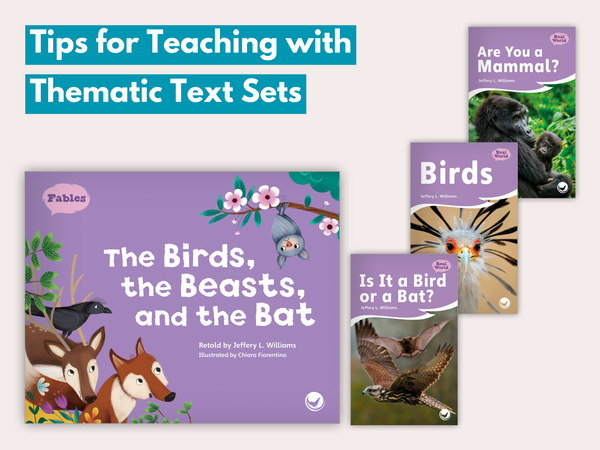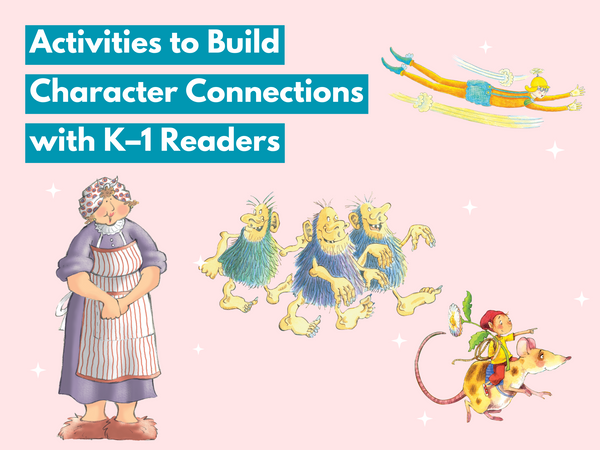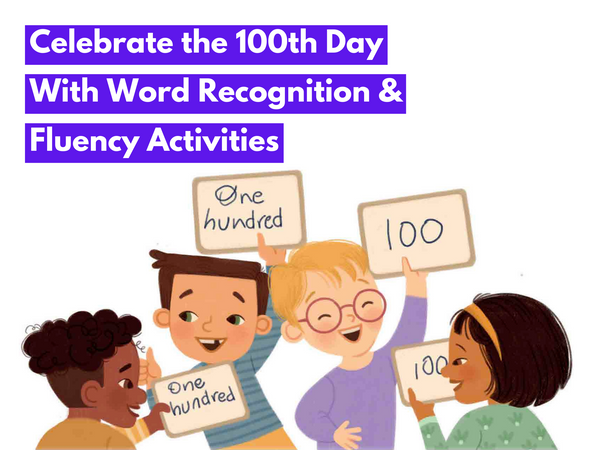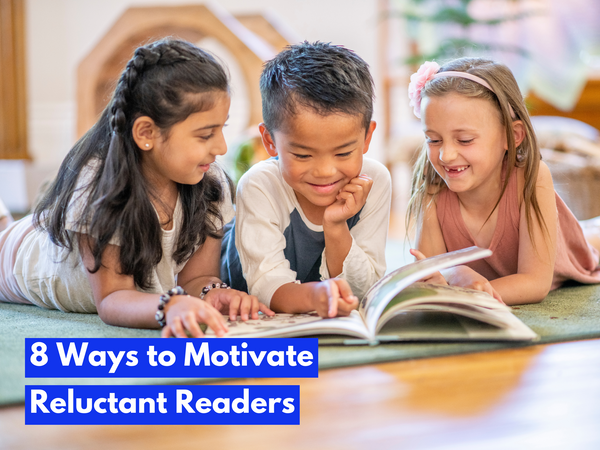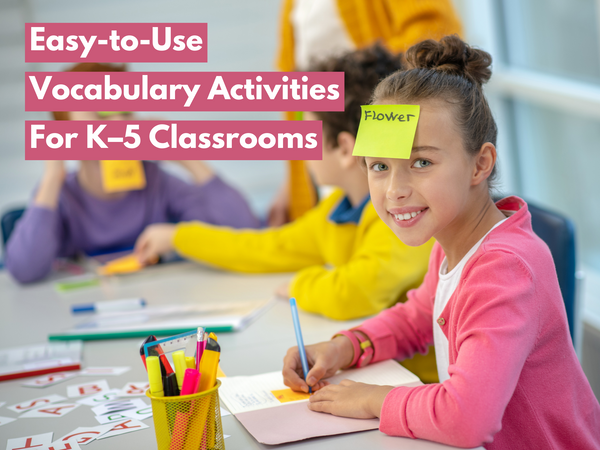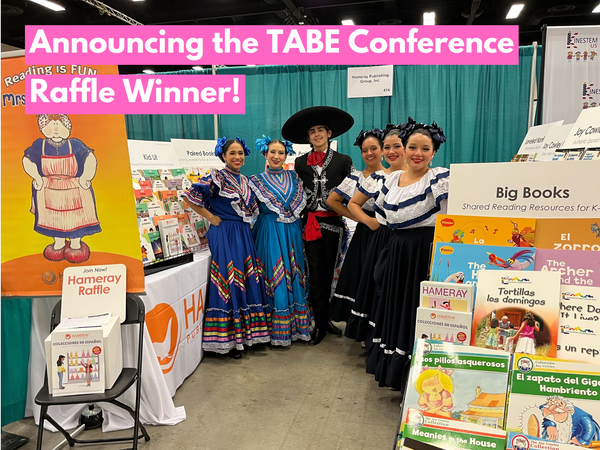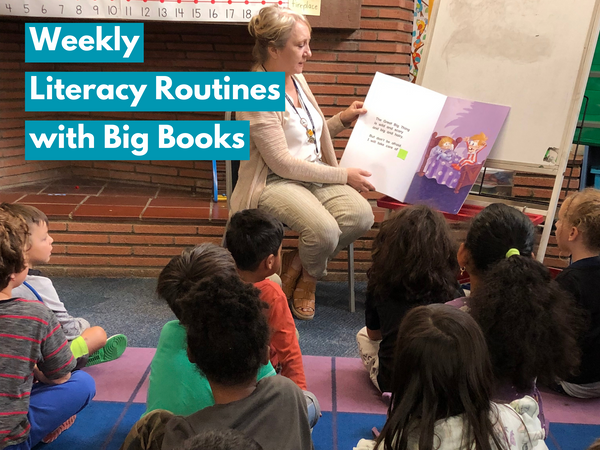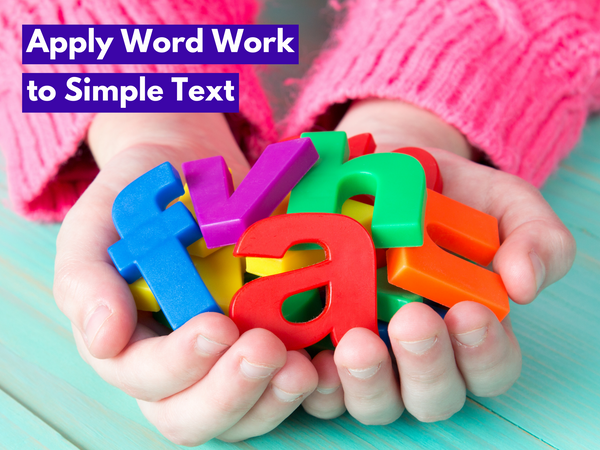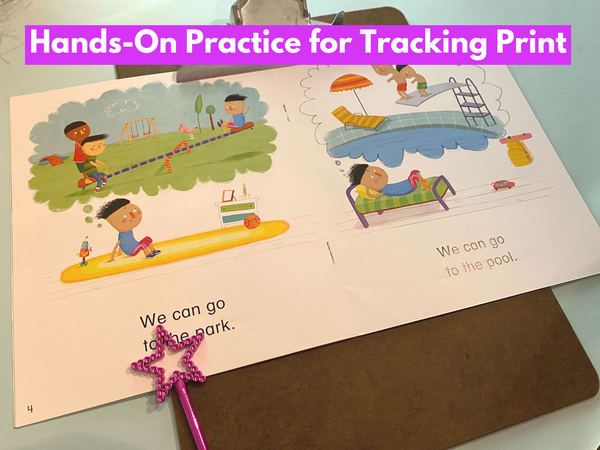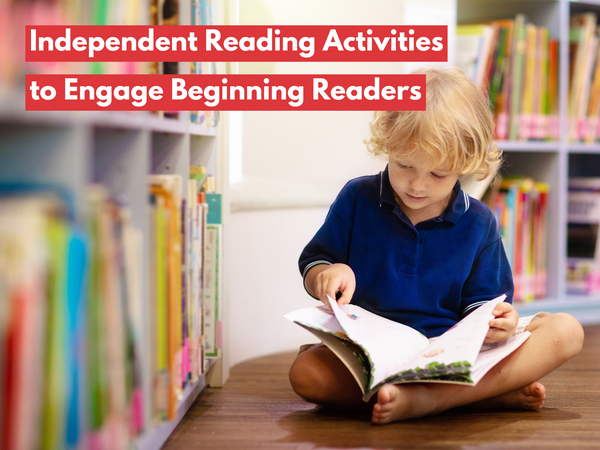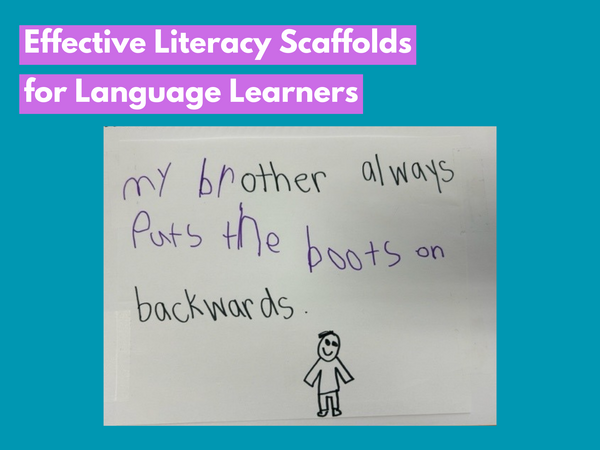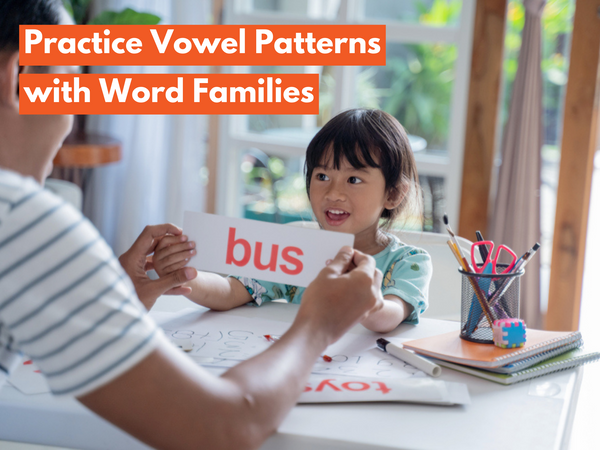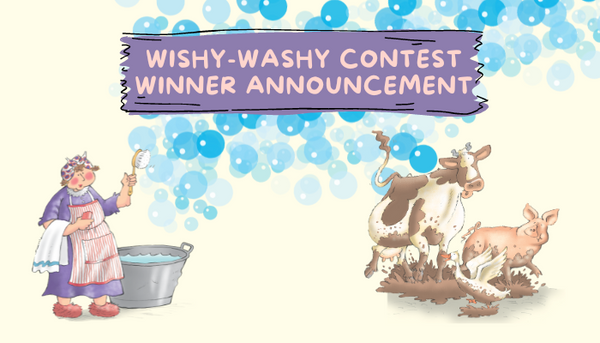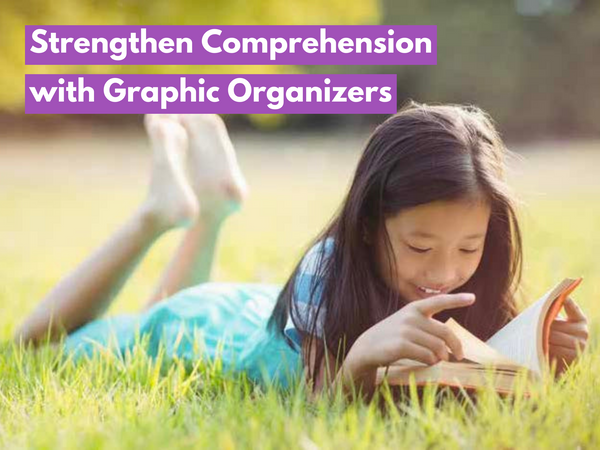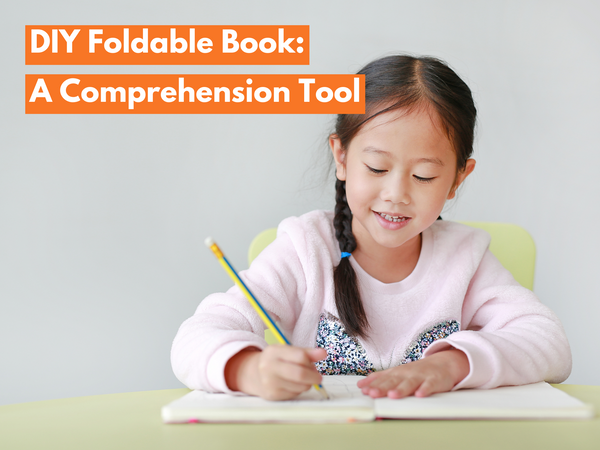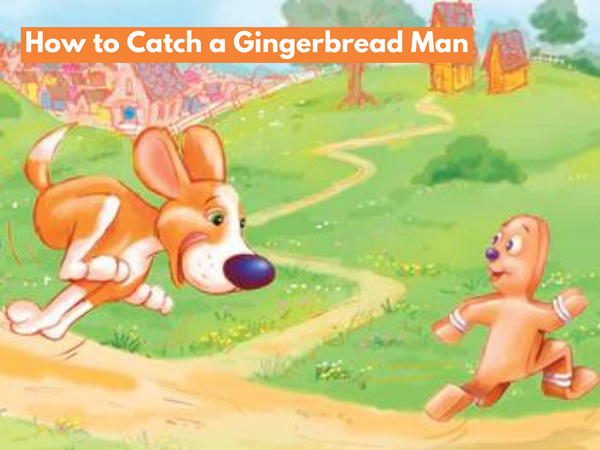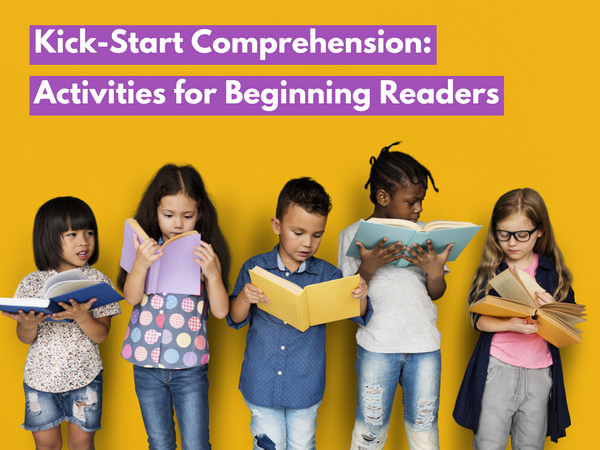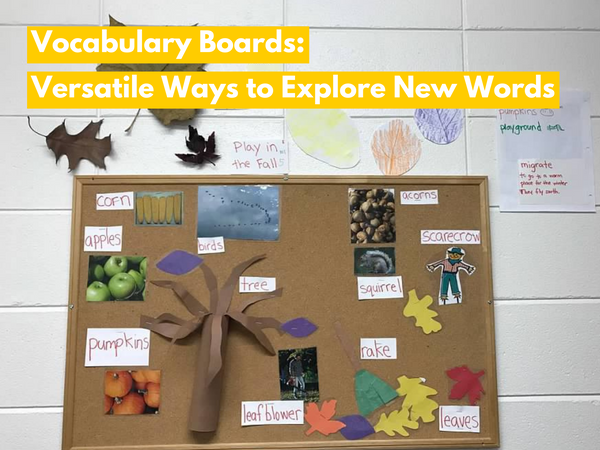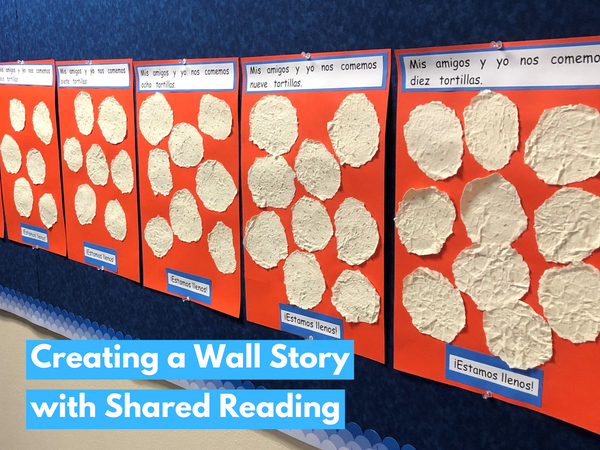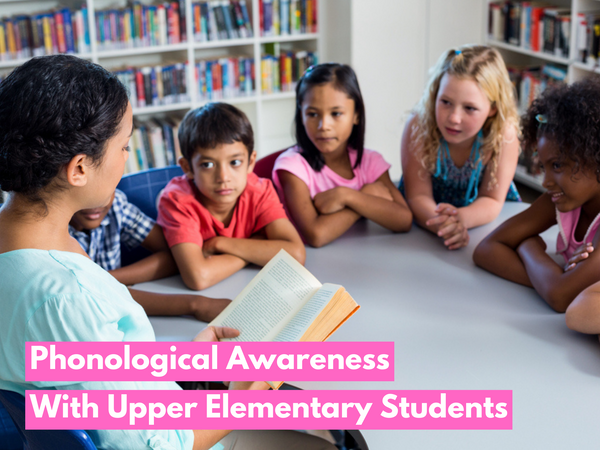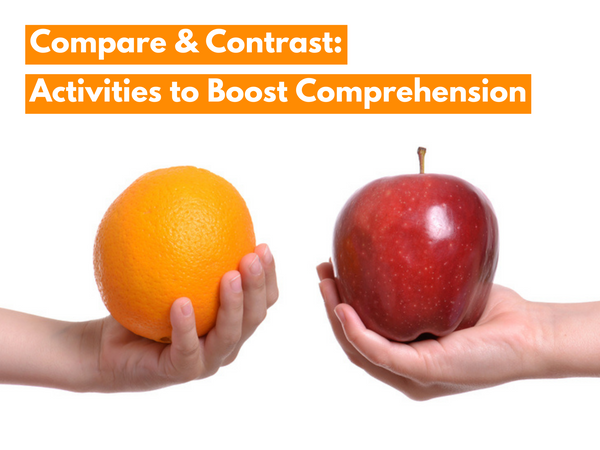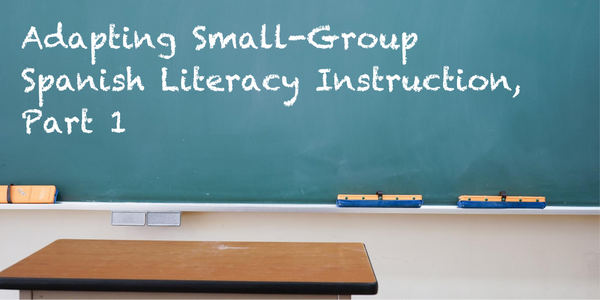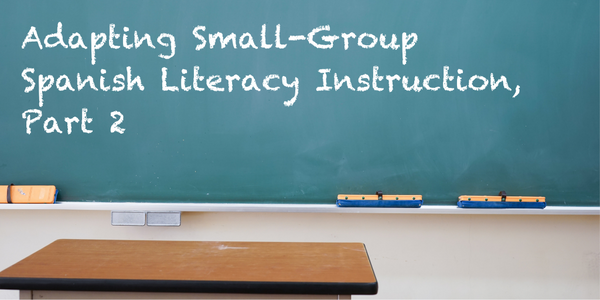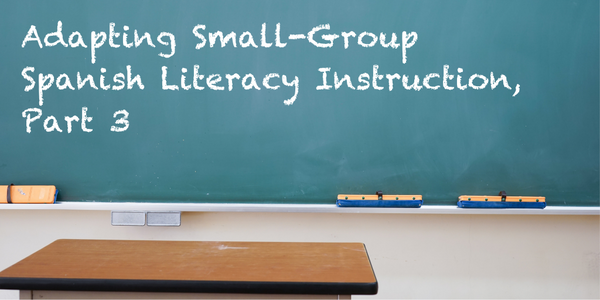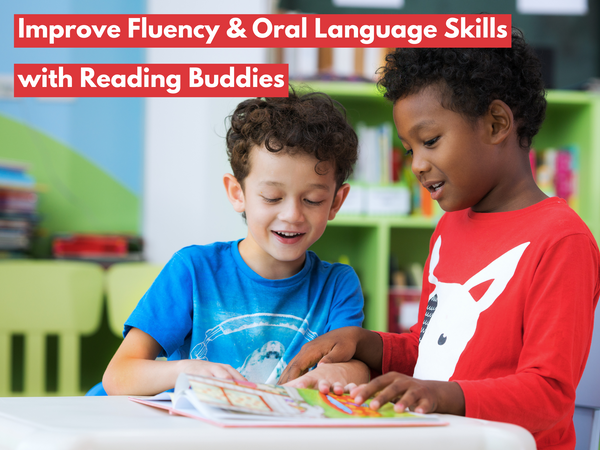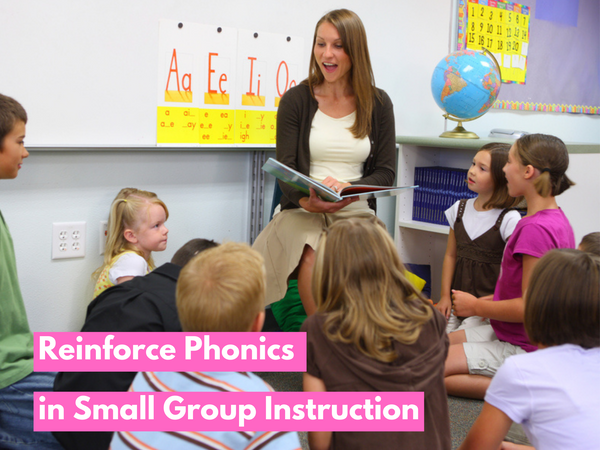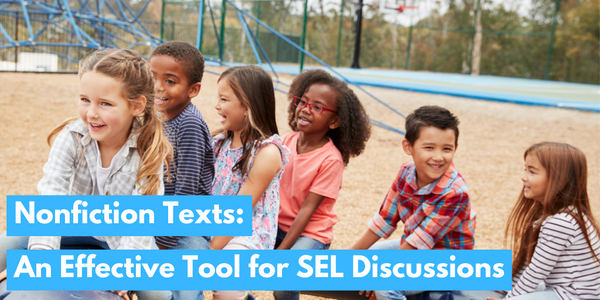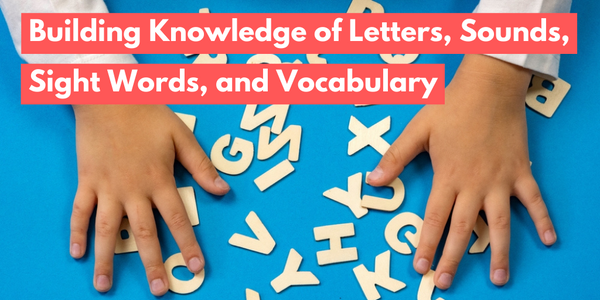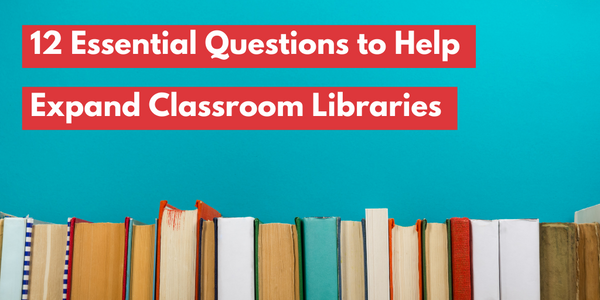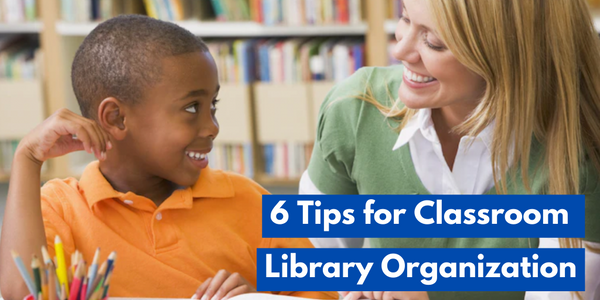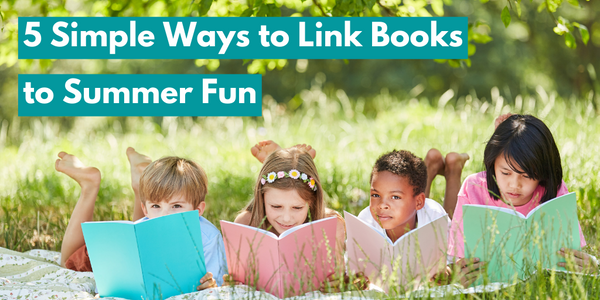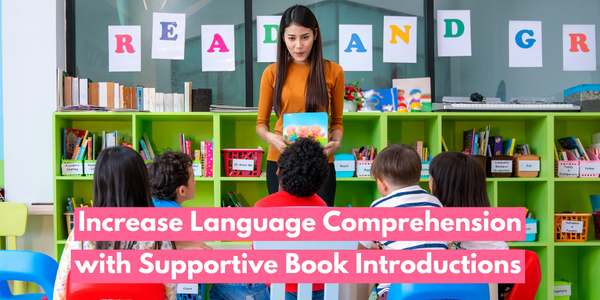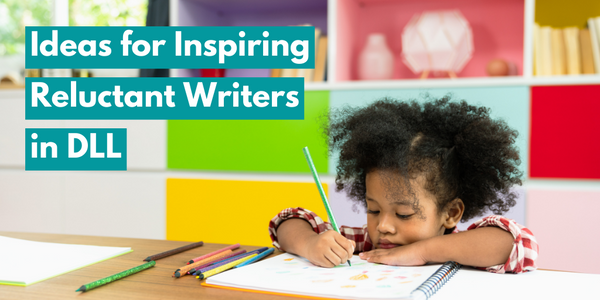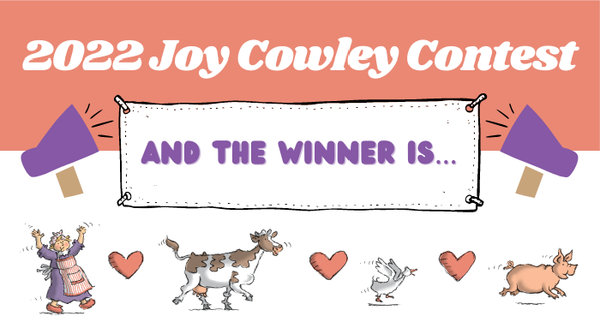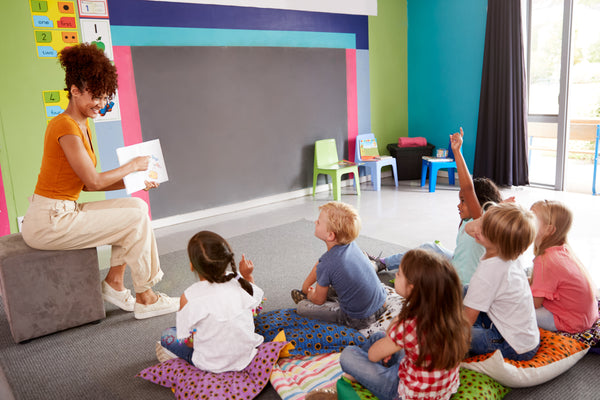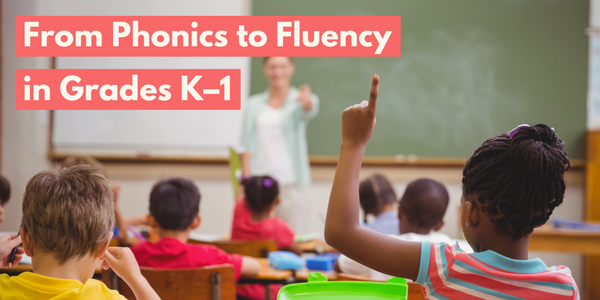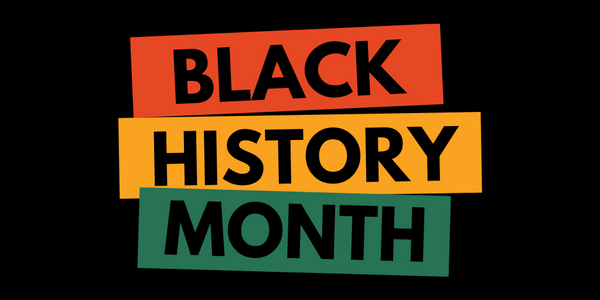
Speaking and Listening Standards in the Classroom
 Reading lessons that include Literature and Informational Text standards can easily be created around pretty much any book, but what about Speaking and Listening Standards? Do you purposefully include these standards? Do you teach Speaking and Listening standards with the same explicit instruction that you use with the other standards? Prior to spending hours and hours in Common Core State Standards training to be a Core Coach for my state, I didn’t. I was of the mindset, “Oh, they know how to talk to teach other. They can listen. I don’t really have to teach those things.” WRONG. We have to use the same direct instruction that we use to teach vowel sounds, to teach speaking and listening skills. Yes, our students talk. Yes, they listen (most of the time). But it’s probably not the quality of speaking and listening that’s called for by the Common Core State Standards. Teachers must model rich, purposeful talk and understand that oral language skills influence reading comprehension.
Reading lessons that include Literature and Informational Text standards can easily be created around pretty much any book, but what about Speaking and Listening Standards? Do you purposefully include these standards? Do you teach Speaking and Listening standards with the same explicit instruction that you use with the other standards? Prior to spending hours and hours in Common Core State Standards training to be a Core Coach for my state, I didn’t. I was of the mindset, “Oh, they know how to talk to teach other. They can listen. I don’t really have to teach those things.” WRONG. We have to use the same direct instruction that we use to teach vowel sounds, to teach speaking and listening skills. Yes, our students talk. Yes, they listen (most of the time). But it’s probably not the quality of speaking and listening that’s called for by the Common Core State Standards. Teachers must model rich, purposeful talk and understand that oral language skills influence reading comprehension.
I have a few Speaking and Listening activities to share with you that can be used around any genre of story. Folktales are one of my favorite genres and I love designing lessons around them. The Little Red Hen is a classic story that is familiar to most children, but there are so many versions of this tale, that it is easy to find one your students aren’t familiar with. For example, the most recent version I’ve seen is one in which the cat plays the guitar, the duck plays the drums, and the goose sings! This hilarious version is retold by Alan Trussell-Cullen and is published by Hameray. I like the ending of this retelling because the hen actually lets the other animals eat the bread after they each choose a chore to help with clean up!
 So, you’re ready to read. Start with intentional pairing. This will allow more students to be engaged in dialogue. Some tips for pairing are:
So, you’re ready to read. Start with intentional pairing. This will allow more students to be engaged in dialogue. Some tips for pairing are:
- Know your students; don’t put a Chatty Cathy with a painfully shy child. The painfully shy child will never get a word in edgewise.
- Assign each partner a number (1, 2) or a word (peanut butter/jelly, milk/cookie)
Read the story, pausing to discuss along the way. Don’t wait until the end of the story to ask questions about what the hen did first. An easy way to remember to ask questions is to put a sticky note on the page you want to ask questions about. Encourage oral language by requiring students to support their answer with details from the text. This, my friends, is what “close reading” looks like in Kindergarten or 1 st grade!
Allow students to have a thirty-second conversation with their partner about a specific part of the story. For example, the teacher says, “Boys and girls, I want you to turn to your partner and all the 1’s are going to talk about why the hen’s friends did not want to help bake the bread and when I call out SWITCH, I want the 2’s to talk about what the hen did when no one would help her.” This intentional pairing ensures that each child gets the same amount of airtime and all voices are heard. The thirty-second conversation hits the first Speaking and Listening standard for grades K–2.
We can also use sentence stems to build oral language. Sentence stems are sentence starters. First, the teacher would explicitly model the process by writing the stem on the board and reading it aloud while writing: “I can help…” The teacher completes the sentence. “I can help my daughter with her homework.” Next, the teacher directs the students to “grow” their sentence stem with their partner. Partners share their sentences with each other, then shares with the class. Not only would this meet the firstSpeaking and Listening standard, but it pulls in the first-grade standard on producing complete sentences when appropriate to task and situation and the Language standard on producing and expanding simple and compound declarative, interrogative, imperative, and exclamatory sentences.
 Great conversations can arise from reading two different versions of the same folktale. Students can compare and contrast the actions of the characters using sentence stems and the thirty-second conversation. Creating a word web is an excellent way to expand vocabulary. Read an informational text on bread, such as
Different Kinds of Bread
by Alan Trussell-Cullen and have students create a web with the word “bread” in the center. Students will be able to pull words such as wheat and flour from
The Little Red Hen
and words such as "pita," "crust," and "baking powder" from
Different Kinds of Bread
.
Great conversations can arise from reading two different versions of the same folktale. Students can compare and contrast the actions of the characters using sentence stems and the thirty-second conversation. Creating a word web is an excellent way to expand vocabulary. Read an informational text on bread, such as
Different Kinds of Bread
by Alan Trussell-Cullen and have students create a web with the word “bread” in the center. Students will be able to pull words such as wheat and flour from
The Little Red Hen
and words such as "pita," "crust," and "baking powder" from
Different Kinds of Bread
.
To sum things up, oral language strategies will benefit our high and low language students. We must design our lessons with Speaking and Listening Standards in mind and plan for opportunities for students to practice these skills throughout the day. Give students thirty seconds to talk to each other about a specific topic. You will be surprised at how students can benefit from half a minute. Emphasis the importance of vocabulary through word webs. Post these webs in your writing area so students can see these words and use them in their own writing. Support language development with activities that structure sentence formation. Post sentence stems around the room so students will have constant reminders on how to produce complete sentences. Literacy gets its start with oral language, so we must be purposeful in our talk!
~~~
 Dana Lester received a B.S. and Master’s Degree from Middle Tennessee State University and is currently teaching at Walter Hill School in Murfreesboro, TN. Dana is also a Common Core Coach with the Tennessee State Department of Education. She has 12 years of classroom experience and has just begun her role as Library Media Specialist. As a strong advocate of the Common Core Standards and Whole Brain Teaching strategies, she engages her students in hands-on, inquiry based learning and shares many ideas and activities on her blog,
Common to the Core
. She was named Teacher of the Year at Walter Hill in 2013.
Dana Lester received a B.S. and Master’s Degree from Middle Tennessee State University and is currently teaching at Walter Hill School in Murfreesboro, TN. Dana is also a Common Core Coach with the Tennessee State Department of Education. She has 12 years of classroom experience and has just begun her role as Library Media Specialist. As a strong advocate of the Common Core Standards and Whole Brain Teaching strategies, she engages her students in hands-on, inquiry based learning and shares many ideas and activities on her blog,
Common to the Core
. She was named Teacher of the Year at Walter Hill in 2013.
~~~
Do you know a K–8 teacher whose creative classroom activities could use some well-deserved recognition? Have you, yourself, hit upon a strategy that you think works so well that you'd love to share it with others? Do you have a teaching blog or website with ideas you'd like to spread? Come stand in our Teacher Spotlight!
We're looking for teachers with unique, fun perspectives to feature on our blog. At least once a month, possibly more often, we want to inspire the teaching community with the innovative work of teachers who have a true passion for what they're doing. We'll broadcast your ideas here on our blog, distributing them through social media such as Facebook and Twitter.
Each teacher we choose will get some Hameray "goodies" from a series that fits their classroom needs—early literacy, oral language development, striving readers in upper grades, informational text, or literature.
For more information about the Story World Real World series shown in this post, visit our website or click the image below to download an information sheet with series highlights and key features!



